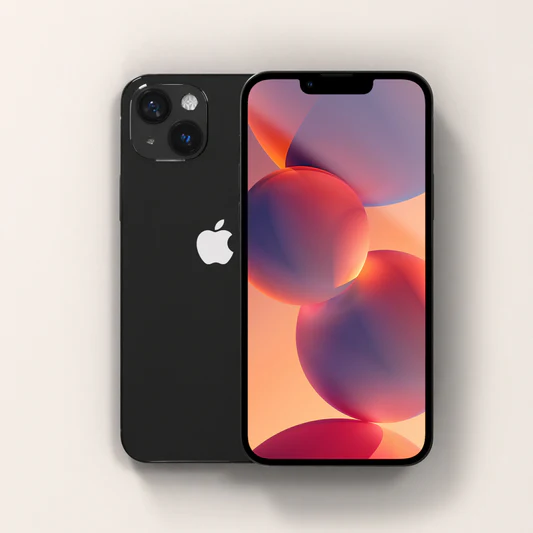Used Smartphone Market Growth Potential and Key Players | 2035

A structured Used Smartphone Market Competitive Analysis, utilizing a framework like Porter's Five Forces, reveals a complex industry with varying levels of pressure across its different segments. The market is not a monolith; the competitive forces acting on a large-scale B2B processor are vastly different from those affecting a small online reseller. Understanding these dynamics is crucial for any company looking to navigate this space successfully. The market's rapid growth creates an environment where competitive pressures are constantly shifting, as new players enter, old players adapt, and the sources of value and profit evolve. The Used Smartphone Market size is projected to grow USD 218.77 Billion by 2035, exhibiting a CAGR of 17.51% during the forecast period 2025-2035. This growth attracts new competition but also provides the scale needed for incumbents to solidify their positions, making a clear-eyed analysis of the competitive structure essential for strategic planning.
The rivalry among existing competitors is high and increasing. In the B2B processing space, a few large players (Likewize, Assurant, Ingram Micro) compete fiercely for the massive contracts from carriers and OEMs, competing on operational efficiency, technological capabilities (e.g., AI diagnostics), and price. In the D2C marketplace space, rivalry is also intense, with platforms like Back Market and Swappa competing for consumer trust, seller quality, and brand recognition through significant marketing spend. The threat of new entrants is mixed. For a small-scale online reseller, the barrier to entry is low, leading to a fragmented "long tail" of competition. However, for a new player to compete at scale in B2B processing or to build a trusted global marketplace, the barriers are incredibly high. These include the massive capital investment required for facilities and technology, the need to establish complex global supply chains, and the difficulty of building a trusted brand from scratch. Therefore, the threat of a new, disruptive at-scale entrant is relatively low.
The bargaining power of buyers is generally high. End consumers have a wide choice of where to buy a used phone, from OEM-certified stores and major marketplaces to peer-to-peer sites and local shops, making them highly price-sensitive. For the B2B buyers (the carriers and OEMs awarding processing contracts), their immense volume gives them significant power to negotiate favorable terms with their logistics partners. The bargaining power of suppliers is also significant and unique. The primary "suppliers" are the millions of individual consumers who own used phones. They have the power to choose whether to trade in their device, sell it directly, or simply keep it, and they can shop around for the best trade-in offer, giving them considerable leverage. The threat of substitute products or services is a major force. The primary substitute for a high-end used smartphone is not another used phone, but a brand-new, mid-range smartphone from a brand like Xiaomi, Realme, or Motorola, which may offer a warranty and the "new phone experience" for a similar price. Another substitute is simply the consumer's decision to "repair and retain" their current device for longer, a trend supported by the growing right-to-repair movement. This analysis reveals a complex industry where success hinges on managing relationships with powerful buyers and suppliers while building a defensible moat based on scale, trust, or technological specialization.
Top Trending Reports -
Europe Immersive Analytics Market


